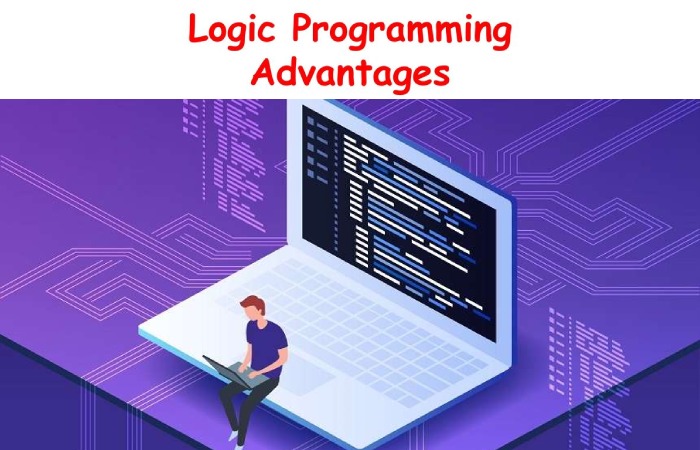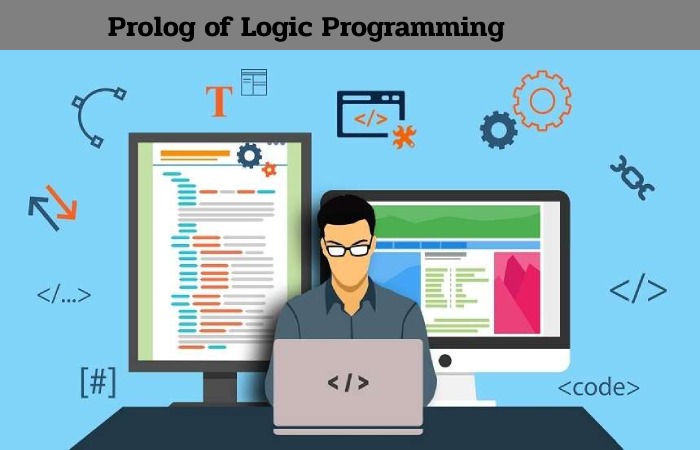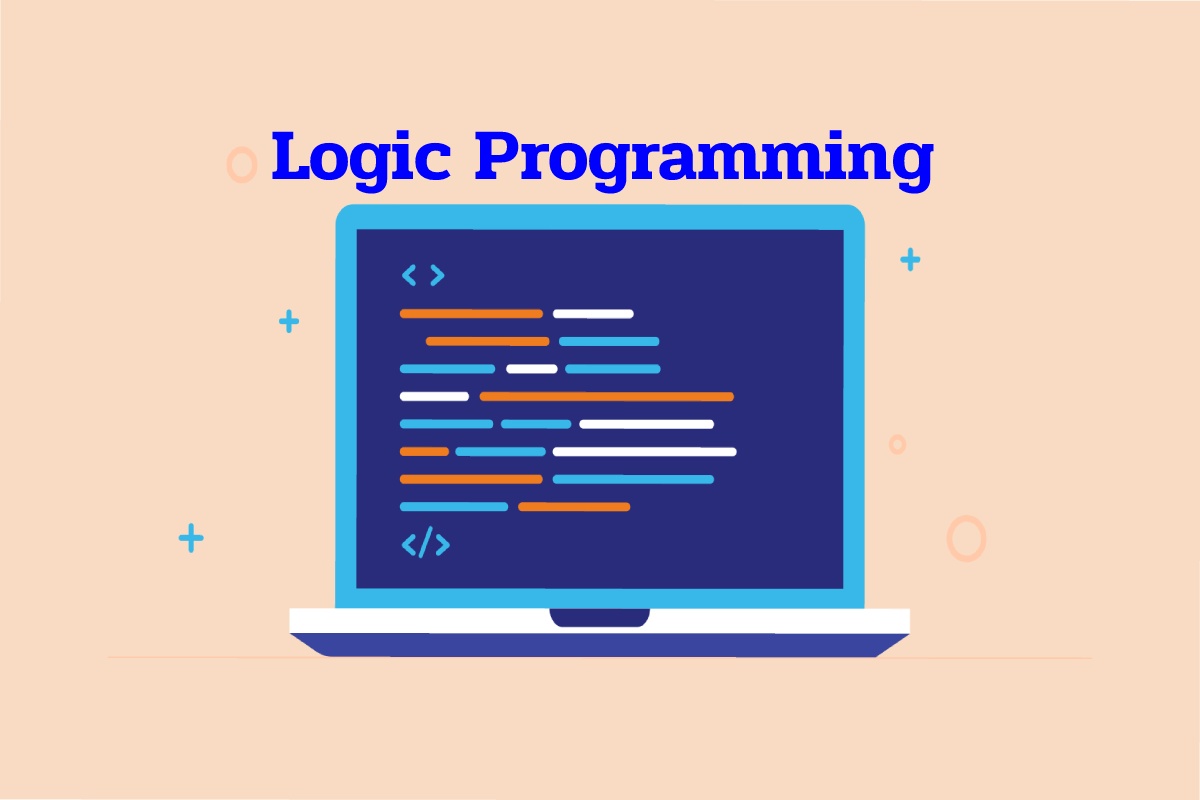What is Logic Programming?
Logic programming is a smart way to code where you tell the computer facts and rules, like “All birds can fly” or “If it’s raining, take an umbrella.” Instead of giving step-by-step orders (like “do this, then that”), the computer uses logic to figure things out on its own. It makes guesses based on what it knows, kind of like solving a puzzle or playing detective.
This style is part of artificial intelligence (AI) and uses “predicates”—fancy words for true/false statements about the world. The computer draws conclusions from all the info, like a brainy robot.
The Star of Logic Programming: Prolog
The most famous language for this is Prolog (short for “Programming in Logic” in French). It was invented in the 1970s to help with expert systems—like programs that act like specialists in a field. Prolog is based on “first-order logic,” which lets it use variables (like “X is a bird”) instead of just yes/no facts. It can mix with other languages like Java or C, and it works great for crunching big data fast, even without you typing stuff in.

Cool Perks of Logic Programming
Easy to Understand and Change: You write knowledge separately from how it’s used, so tweaking the program is like swapping puzzle pieces without rebuilding the whole thing.
Flexible for Experts: Great for fields needing precise thinking, like math, law, or science—it’s like a toolbox for “what if” questions.
Proves It Works: It’s simple to check if your program is correct because it follows clear logic rules, with fewer hidden steps.
The Not-So-Great Parts
Tricky for Everyday Stuff: Early versions lacked tools for math or lists, so it felt clunky compared to regular coding.
No Built-in “Memory” Tricks: It doesn’t handle changing states (like a video game score) as easily as other languages—some coders miss that hands-on control.
Slow for Big Jobs: Figuring out answers can take time if there are tons of possibilities.
Other Logic Programming Languages
Besides Prolog, here are some popular ones:
Datalog: A simpler version of Prolog, great for querying databases (like SQL but more logical).
Answer Set Programming (ASP): Used for solving tough puzzles, like planning robot tasks.
Absys or Epilog: Niche ones for specific AI research.
(Quick note: Languages like Java or Python are awesome but not logic-based—they’re more about direct commands.)

How Does Logic Programming Work?
Think of it like a rulebook:
Facts: Simple truths, like “Sparrow is a bird.”
Rules: “If something is a bird and not a penguin, then it flies.” (Head: “X flies” if Body: “X is a bird AND X isn’t a penguin.”)
The computer has an “inference engine”—a smart searcher—that asks questions like “Does a sparrow fly?” It checks facts and rules, makes logical jumps, and says “Yes!” Some languages, like Prolog, let you add “how-to” hints, but most are pure “declare and discover.”
Real-World Ways Logic Programming Helps
It’s not just theory—here’s how it shines:
Understanding Human Talk (Natural Language Processing)
Powers chatbots like Siri or Alexa to “get” what you say, filter spam emails, or read documents. It turns messy words into clear computer instructions.
Managing Databases
Builds and searches huge data piles (like NoSQL databases). Ask “What’s the fastest route to school?” and it sifts through traffic facts to reply—no extra coding needed.
Predicting the Future
Spots patterns in big data to guess outcomes, like machine breakdowns in factories or safe bike routes by weather. It can even analyze photos to ID objects, like craters on Mars.
Conclusion
Logic programming is all about organizing facts and rules so computers can think logically and solve problems like a human detective. It’s declarative (say what you want) rather than bossy (say exactly how). While it has some hurdles, it’s a game-changer for AI, databases, and smart predictions—perfect for anyone curious about making machines “reason”!


